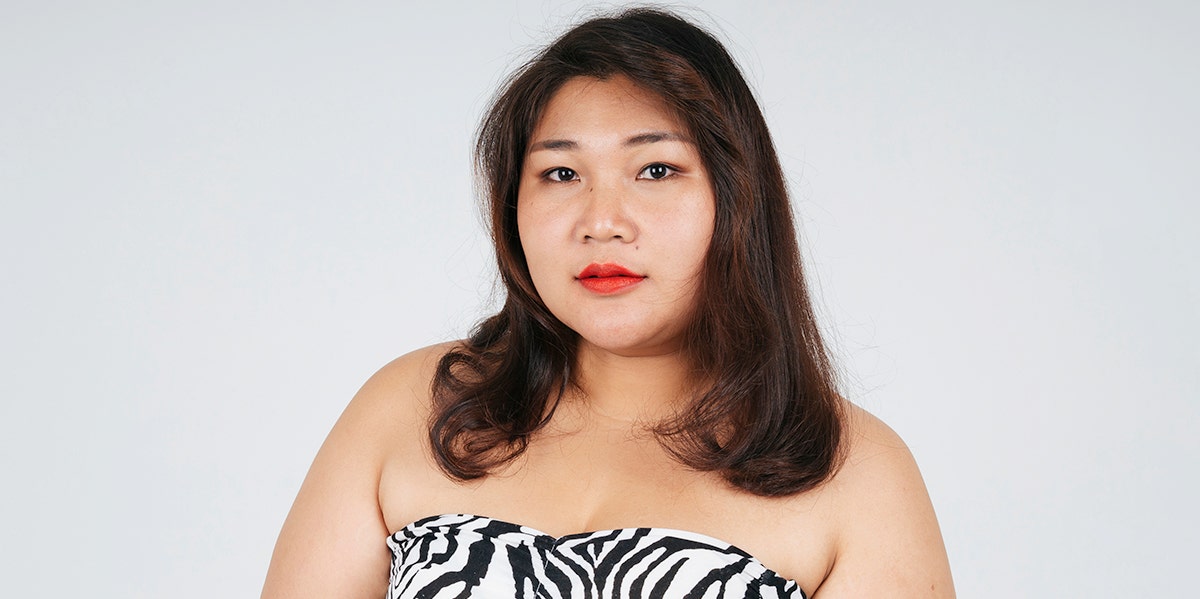Spike In Anti-Asian Racism Calls For More Cross-Cultural Solidarity Than Ever — Here's How
Cross-cultural solidarity is needed now more than ever.
 theshots.co / Shutterstock
theshots.co / Shutterstock The recent spike in anti-Asian hate crime shows us that there is a need for cross-cultural solidarity now more than ever.
According to John C. Yang, CEO of Asian Americans Advancing Justice (AAAJ), Asian Americans reported more than 3,000 hate incidents last year.
There have also been a string of attacks on elderly Asian Americans. On January 28th, an 84-year-old Thai man was shoved onto the floor by a young man and hit his head on the pavement. He died two days later in the hospital and the young man was charged with murder and elder abuse. On January 31st, a 91-year-old Asian man was barrelled into by a young hooded man, causing him to fall face first into the pavement.
According to the NYPD, there has been a 1,900% increase in hate crimes against the AAPI community in NYC. The U.N. also reported over 1,800 racist incidents against the AAPI community in the U.S. between the months of March to May 2020.
With crime against the AAPI community rising, now is the time for solidarity with the AAPI community.
Because Asian American history is often not taught in schools, society is oftentimes left wondering what space AAPI’s (Asian American Pacific Islanders) take up.
The AAPI identity is often considered an “in-betweener” identity, because they are people of color — but non-Black people of color (NBPOC). They experience privilege in proximity to whiteness, but they are still oppressed by white supremacy. They are the “model minority”, in which they showcase what a “good” POC should be, but are then constantly considered “foreigners’ and scapegoated for COVID-19.
The AAPI community must come together to talk about what needs to be done in order to ensure the safety and protection of our own community, but the AAPI community must also confront a long standing truth: being used as a wedge for anti-Black sentiment.
There is absolutely no doubt that anti-Blackness runs through the AAPI community and that AAPI's can sometimes uphold and be complicit to white supremacy.
There’s even some hierarchy within the AAPI community, with Filipinos being on the bottom on the totem pole because they are “too brown”.
AAPI's can be the victims of racism, but are still capable of perpetuating white supremacy and anti-Blackness.
That is why the AAPI community needs to come together and have a conversation about liberation, such as what liberation looks like and how liberation cannot be achieved without first undoing the anti-Black sentiment that is constantly perpetuated within the community. The AAPI community cannot achieve liberation without the liberation of Black folks first.
Therefore, the AAPI community must join forces with the Black community to eradicate white supremacy. Dialogue must be had about what each community can do for each other to ensure support. How can the AAPI community speak to each other about anti-Black sentiment, and how can the Black community speak to other communities about anti-Asian sentiment?
As for people in other communities, there also needs to be dialogue about undoing anti-Black racism and scapegoating AAPI’s.
Lastly, there needs to be more bystander intervention trainings for people across all communities, where people step up and intervene in situations where racism is prevalent.
The AAPI community must do two things if they want to achieve liberation: talk about what we need for liberation while also fighting for the liberation of the Black community.
Angelique Beluso is a sex educator and writer who covers feminism, pop culture and relationship topics. Follow her @AngeliqueBeluso.
